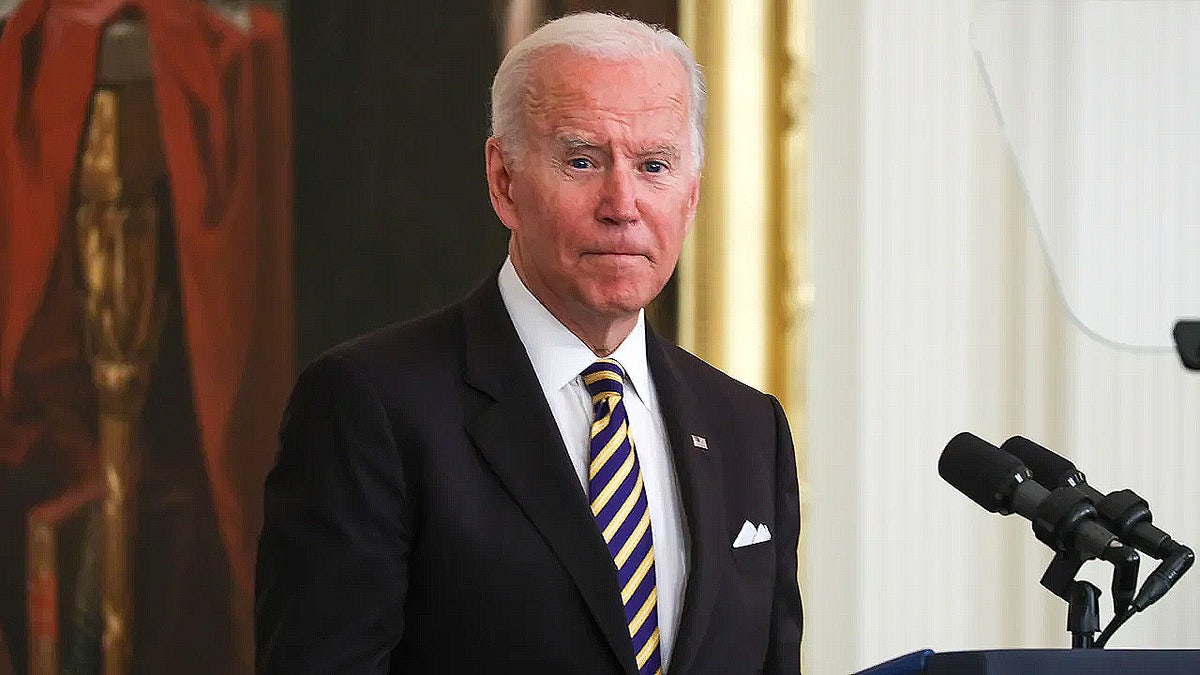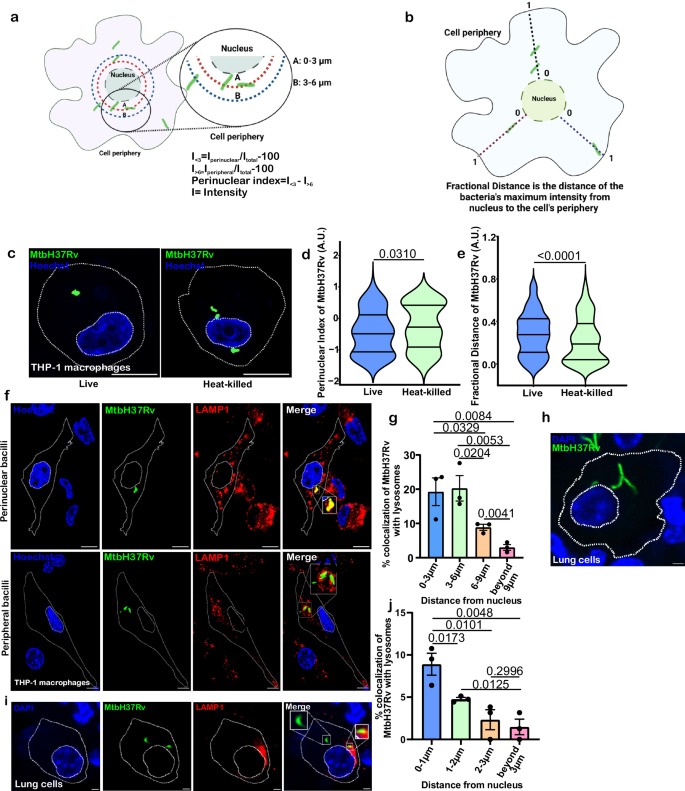Report on Public Health Outcomes and Institutional Transparency in Relation to Sustainable Development Goals
Case Analysis: Non-Communicable Disease Treatment and SDG 3
This report examines the recent health developments concerning former President Joe Biden, specifically in the context of Sustainable Development Goal 3 (Good Health and Well-being), which aims to ensure healthy lives and promote well-being for all at all ages.
- Event Summary: Former President Joe Biden concluded a course of radiation therapy for an aggressive form of prostate cancer. The treatment was administered at Penn Medicine Radiation Oncology.
- Alignment with SDG 3.4: This event highlights the critical importance of access to advanced medical treatment for non-communicable diseases (NCDs). SDG Target 3.4 seeks to reduce by one-third premature mortality from NCDs through prevention and treatment. The access to and completion of sophisticated radiation therapy exemplifies the type of healthcare infrastructure necessary to meet this global goal.
- Promotion of Well-being: The practice of ringing a bell upon completion of a radiation treatment round, as noted in the case, serves to promote patient morale and mental well-being, a key component of the holistic health approach advocated by SDG 3.
Institutional Transparency and SDG 16
The public disclosure of health information regarding a national figure intersects with Sustainable Development Goal 16 (Peace, Justice and Strong Institutions), particularly its emphasis on accountability and transparency.
- Disclosure Timeline: The initial diagnosis of metastatic prostate cancer was announced in May, following a period where public concerns were raised about the transparency of the administration regarding the president’s health.
- Connection to SDG 16.6: SDG Target 16.6 calls for the development of effective, accountable, and transparent institutions at all levels. Public discourse surrounding the timeliness and completeness of health disclosures for a head of state is directly related to this principle of institutional accountability.
- Previous Health Disclosures: The report also notes prior medical procedures, including the removal of cancerous skin cells, which were disclosed to the public, contributing to a record of institutional communication on health matters.
Chronology of Medical Interventions and Healthcare Access
A review of the subject’s recent medical history underscores the role of consistent and preventative healthcare in achieving positive health outcomes, a central tenet of SDG 3.
- September: Underwent Mohs surgery for the removal of cancerous skin cells.
- May: Announced a diagnosis of aggressive, metastatic prostate cancer, leading to the recent course of radiation therapy.
- February 2023: A cancerous skin lesion was successfully removed from his chest following a biopsy during a routine health assessment.
This history demonstrates access to regular health screenings and specialized surgical and oncological care, which are essential services for reducing mortality from NCDs and advancing global health targets.
Analysis of Sustainable Development Goals in the Article
1. Which SDGs are addressed or connected to the issues highlighted in the article?
The primary Sustainable Development Goal (SDG) addressed in the article is:
-
SDG 3: Good Health and Well-being
This goal is central to the article, which entirely focuses on health issues. The text details a specific individual’s battle with non-communicable diseases (NCDs), namely “aggressive form of prostate cancer” and “cancerous skin cells.” It discusses the medical interventions and treatments received, such as “radiation treatment” and “Mohs surgery,” directly aligning with the SDG 3 objective of ensuring healthy lives and promoting well-being for all at all ages.
2. What specific targets under those SDGs can be identified based on the article’s content?
Based on the focus on cancer and its treatment, the following specific targets under SDG 3 can be identified:
-
Target 3.4: By 2030, reduce by one third premature mortality from non-communicable diseases through prevention and treatment and promote mental health and well-being.
The article directly relates to this target by highlighting the treatment of cancer, a major non-communicable disease. The narrative about Mr. Biden completing “a round of radiation treatment for his aggressive form of prostate cancer” and undergoing “surgery Sept. 4 to remove cancerous skin cells” are clear examples of the “treatment” aspect of this target, which aims to reduce mortality from such diseases.
-
Target 3.8: Achieve universal health coverage, including financial risk protection, access to quality essential health-care services and access to safe, effective, quality and affordable essential medicines and vaccines for all.
The article implies a connection to this target by describing access to advanced and specialized healthcare. Mr. Biden received treatment at “Penn Medicine Radiation Oncology,” a specific, high-level medical facility. The mention of specialized procedures like “radiation therapy” and “Mohs surgery” demonstrates access to “quality essential health-care services” for complex diseases, which is a core component of this target.
3. Are there any indicators mentioned or implied in the article that can be used to measure progress towards the identified targets?
The article does not provide quantitative data but implies indicators that can be used to measure progress towards the identified targets:
-
For Target 3.4 (Treatment of NCDs):
An implied indicator is the availability and completion of treatment for non-communicable diseases like cancer. The article’s central point is that Mr. Biden “completed a round of radiation treatment” and that it is “common practice for cancer treatment centers to have patients ring a bell when they complete a round of radiation treatment.” This act of completing a treatment course serves as a qualitative indicator of progress in managing and treating NCDs.
-
For Target 3.8 (Access to Quality Healthcare):
An implied indicator is the access to specialized medical facilities and advanced surgical procedures. The article explicitly names “Penn Medicine Radiation Oncology” as the treatment center and “Mohs surgery” as a procedure used. The existence and utilization of such specialized services for treating cancer are indicators of a health system’s capacity to provide quality, essential care, as outlined in this target.
4. SDGs, Targets, and Indicators Summary Table
| SDGs | Targets | Indicators (Implied from the article) |
|---|---|---|
| SDG 3: Good Health and Well-being | Target 3.4: Reduce premature mortality from non-communicable diseases through prevention and treatment. | Availability and completion of treatment courses for cancer (e.g., “completed a round of radiation treatment”). |
| SDG 3: Good Health and Well-being | Target 3.8: Achieve universal health coverage, including access to quality essential health-care services. | Access to and utilization of specialized medical facilities (e.g., “Penn Medicine Radiation Oncology”) and advanced procedures (e.g., “Mohs surgery”). |
Source: foxnews.com







